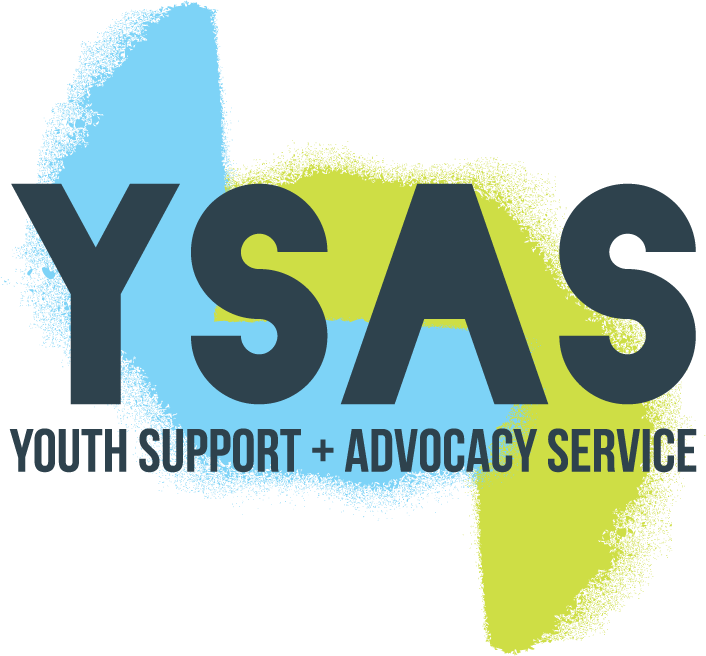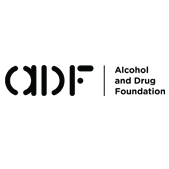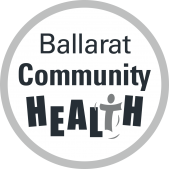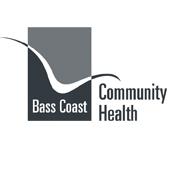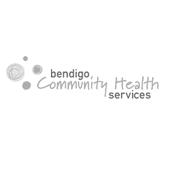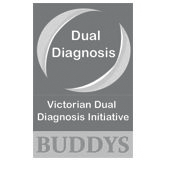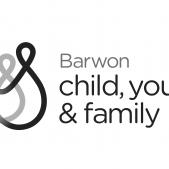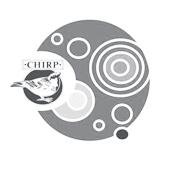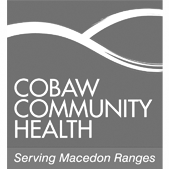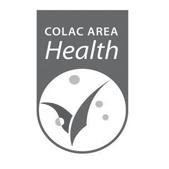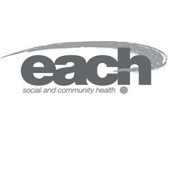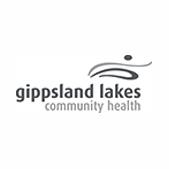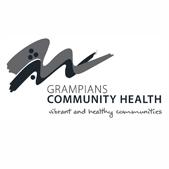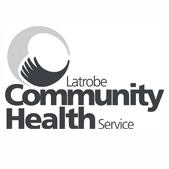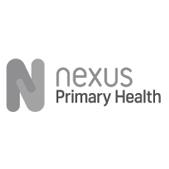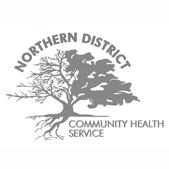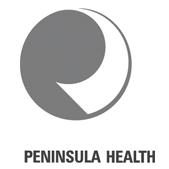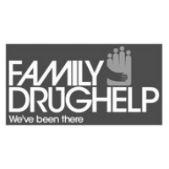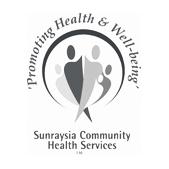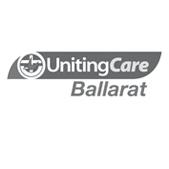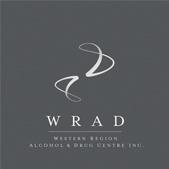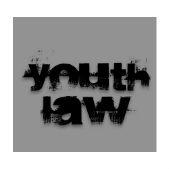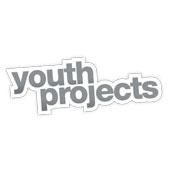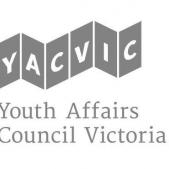Drug Facts
LSD (Acid)-Fast facts for families
A young person who has used LSD will usually have a distorted sense of reality since LSD alters a person’s perceptions. This could include visual and auditory hallucinations.
WHAT?
LSD (lysergic acid diethylamide) is an illegal hallucinogen commonly referred to as ‘acid’. It has been around for years, was made popular in past decades but is still occasionally used by young people today.
OTHER NAMES
Acid, window, trips, tripper, tab, stars, smilies, rainbows, paper mushrooms, micro-dot, Lucy, liquid acid, lightning flash, L, hawk, flash, drop, dots, cheer, blotter
HOW COMMON IS USAGE?
Although not specifically about LSD, In 2010, 8.8 per cent of Australians aged over 14 years had used hallucinogens other than cannabis and ecstasy (National Drug Strategy Household Survey, 2010). Interstingly, LSD is not commonly used by young people who access drug treatment services.
HOW CAN I TELL IF A YOUNG PERSON IS USING?
A young person who has used LSD will usually have a distorted sense of reality since LSD alters a person’s perceptions. This could include visual and auditory hallucinations. A young person can have enjoyable experiences or alternatively “bad trips” or frightening experiences. The effects of using LSD may be similar to a young person experiencing mental health concerns such as psychosis, so calling an ambulance is a sound option if you are unsure or concerned. As an immediate response to a young person who has used LSD would recommend you ensure a quiet, comfortable area and have someone stay with them.
HOW CAN I TELL IF SOMEONE IS USING OR DEALING IN MY HOUSE?
LSD most commonly comes as tiny squares of blotting paper decorated with pictures. These are often kept in the fridge or freezer. Alternatively, prior to being added to blotting paper, LSD is a liquid usually kept in small vials.
Didn’t find what you are looking for? We know families and carers can be pretty worried when they are looking for info so we’ve just given you the most relevant fast facts for families and carers. For a more comprehensive guide we recommend the ADF’s info. Remember, we understand how stressful it can be when you are worried about a young person.




